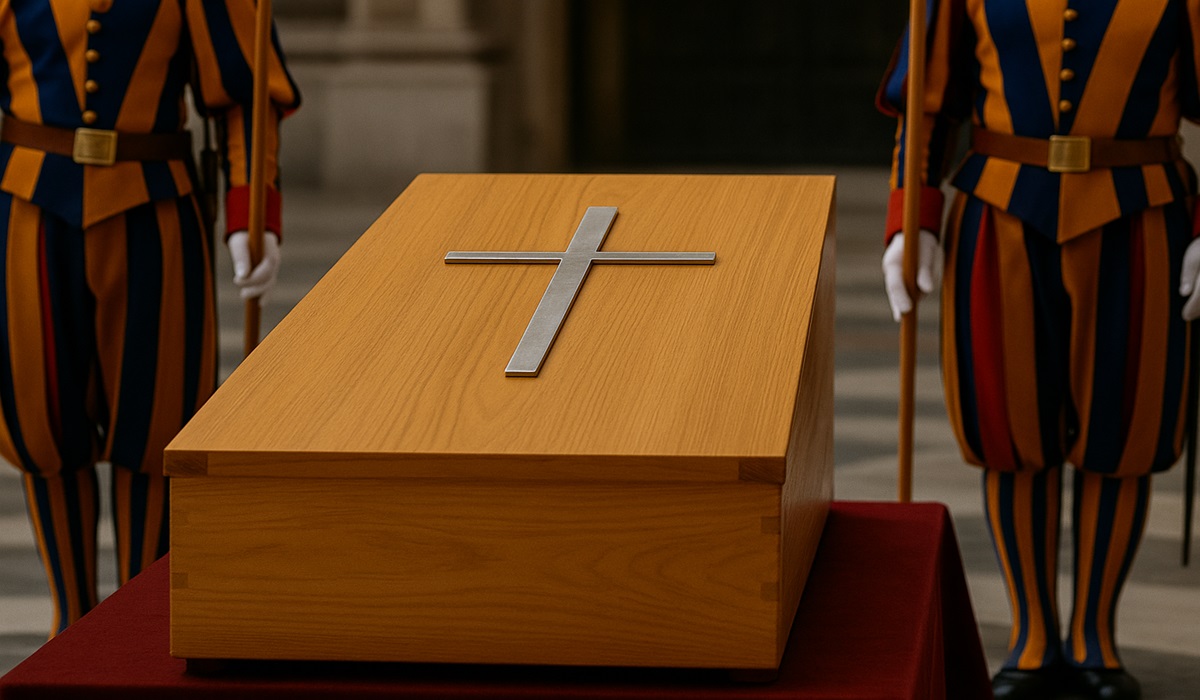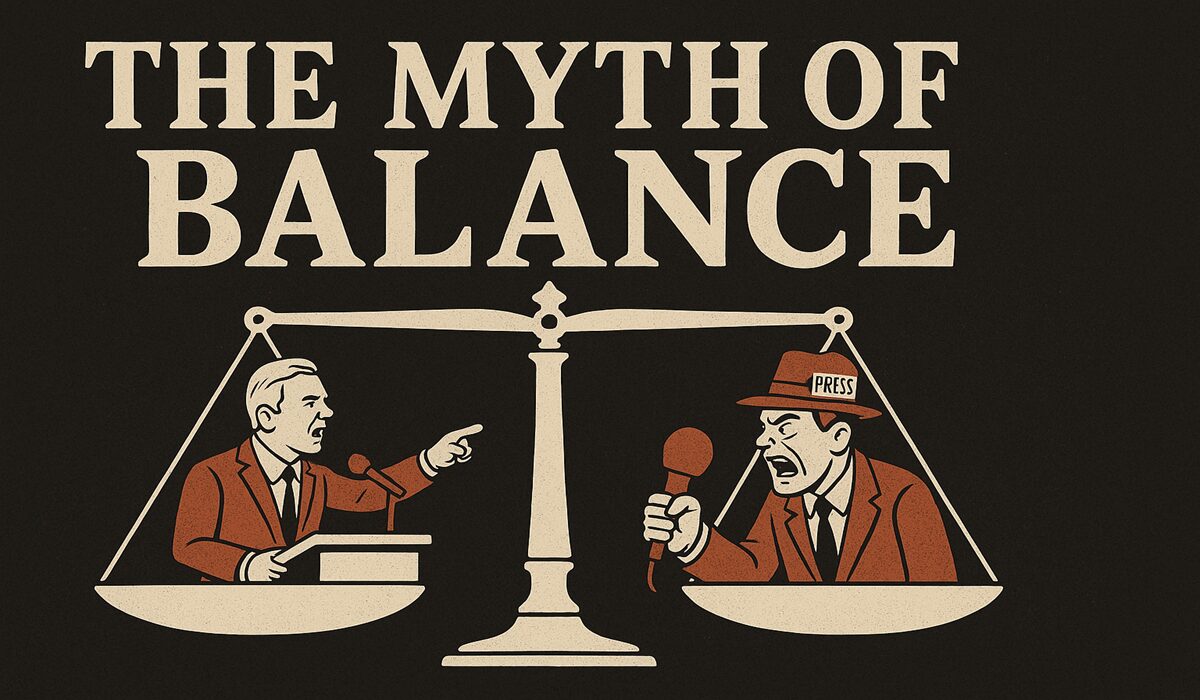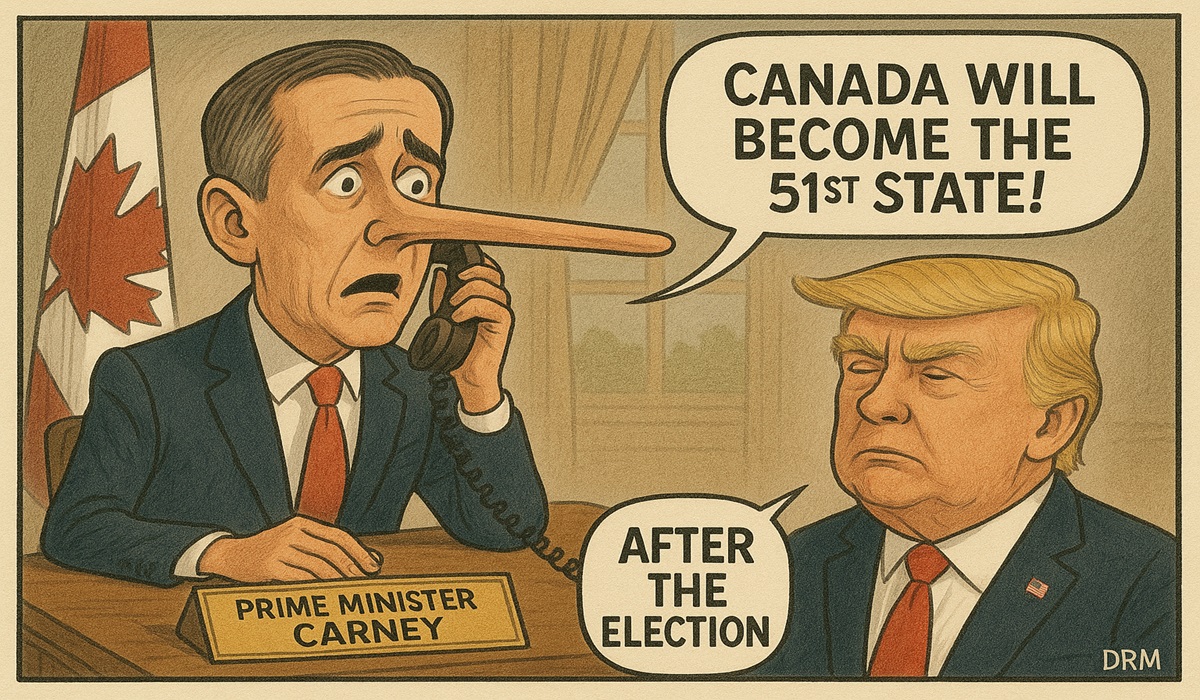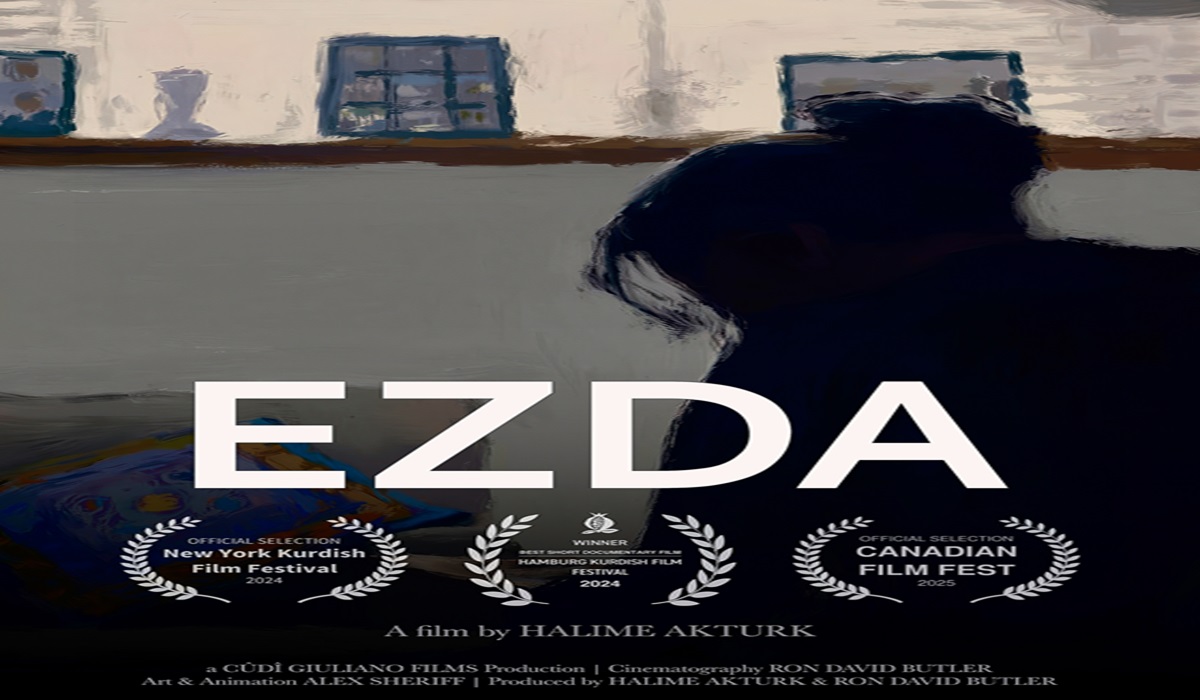Pope Francis Laid to Rest Before Tens of Thousands: A New Era Dawns for the Catholic Church
- Ingrid Jones
- D.O.C Supplements - Trending News
- Religion
- April 26, 2025

Today, before a sea of mourners stretching across St. Peter’s Square and into the streets of Rome, Pope Francis was laid to rest. Tens of thousands gathered to bid farewell to the 266th pope, while world leaders, dignitaries, and faithful Catholics alike came together in a solemn and historic ceremony that marked the end of a pontificate defined by humility, reform, and relentless advocacy for the poor and the marginalized.
The sight was unforgettable: Pope Francis’s simple wooden coffin — intentionally humble, in keeping with his personal ethos — was placed at the front of St. Peter’s Basilica. It was flanked by the stoic Swiss Guards, their ancient, colorful uniforms a vivid reminder of the Church’s long and sometimes tumultuous history. They stood vigil, honoring the man they had protected for years, now protecting his earthly remains for one final time.
The lying in state, a deeply symbolic tradition, allowed mourners to pass by the pope’s body over several days. In essence, lying in state is the Church’s way of offering the faithful a last opportunity to pay respects, reflect, and say goodbye. It is not just ritual — it is closure. It is communion with a leader who, through both triumphs and controversies, stood at the crossroads of faith and a rapidly shifting world.
Pope Francis’s body lay in state for three days, open to the public, as is customary. The Vatican estimates that more than one million people from around the globe made the pilgrimage to Rome during this brief window, enduring long waits and intense emotions to pay their respects.
The presence of the Swiss Guards during this period is no mere pageantry. As the official protectors of the pope since the 16th century, their duty does not end with his death. Their silent, unwavering presence is a final gesture of fidelity and honor, safeguarding both the physical remains and the dignity of the Church’s traditions in an increasingly chaotic world.
Following the funeral Mass, celebrated with all the gravitas and sorrow befitting a man of Francis’s impact, his coffin was carried down into the Grottoes beneath St. Peter’s Basilica — the ancient burial site of popes past. He now rests not far from the tomb of St. Peter himself, the first pope, a location that carries profound meaning for the continuity of the Church and its enduring mission.
The death of Pope Francis does not just close a chapter; it turns a page entirely. His passing forces the Church to confront head-on the unresolved tensions of his tenure: the need for modernization, transparency, and deeper inclusion, against the backdrop of a world that grows more cynical by the day. There is no hiding from the reality — the Catholic Church stands at yet another crossroads.
But if Pope Francis taught anything through his actions, it is this: progress is not made by clinging to tradition out of fear, nor by abandoning it recklessly. True faith demands both roots and wings. His death will test the institution’s will to evolve — or stagnate.
The cardinals will soon gather in a conclave to elect a new pope. Whoever rises from the Sistine Chapel smoke will inherit a battered but unbowed Church, one still capable of great transformation — if only it has the courage to follow the footsteps of a man who believed, above all else, that mercy, justice, and humility were worth fighting for.
History now watches. The faithful now wait. And in the quiet stillness of the Vatican’s sacred ground, Pope Francis sleeps — mission fulfilled, torch passed.








